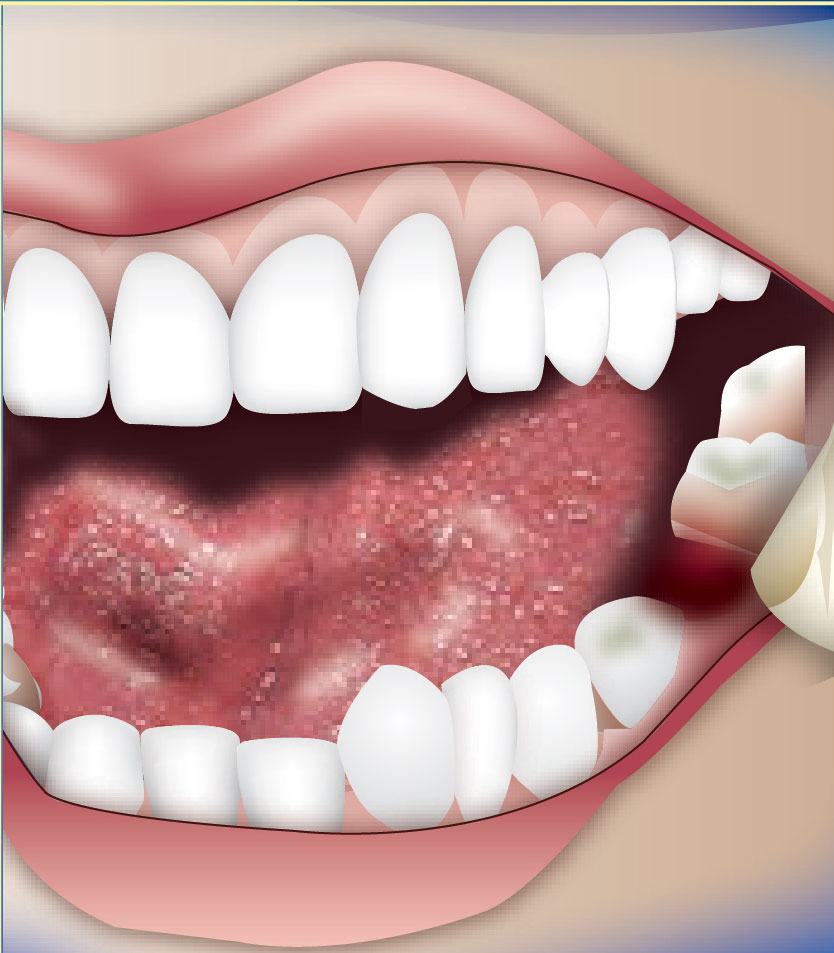
I couldnt move or drink much could it be dvt. I now have pelvic pain on both sides.

For patients who need minor dental work such as teeth cleaning or an uncomplicated tooth extraction it is probably safe to continue the DOACs around the time of the procedure.
Tooth extraction and dvt. Ad One stop center for thrombosis Dr. John Tan 20 years in Vein care. Child health Deep venous thrombosis Tooth extraction.
I had my wisdom tooth removed yesterday day local anaesthetic. I now have pelvic pain on both sides. I couldnt move or drink much could it be dvt.
3 doctor answers 6 doctors weighed in. Because of sluggish blood flow especially in the deep veins of legs called deep venous thrombosis DVT. When a piece of a clot in a deep vein often in a leg breaks off and travels to the lungs passing through the right atrium and ventricle into the pulmonary arteries and causing pulmonary embolism.
Dental prophylaxis teeth cleaning Scaling and root planning deep teeth cleaning Periodontal gum surgery Tooth extractions Dental implant placement Biopsies Preparations for dental procedure Most of the time bleeding from dental procedures is not difficult to control and stop even in patients who are taking blood thinners. Deep Vein Thrombosis DVT Support Group. Deep-vein thrombosis also known as deep-venous thrombosis or DVT is the formation of a blood clot thrombus in a deep vein.
It can be caused by something preventing blood from circulating or clotting normally. Join the support group if you are coping with DVT and find others who are going through the. A blood clot after tooth extraction is your bodys way of beginning the healing process.
All wounds clot but a tooth extraction blood clot is a little different. This type of blood clot not only signals the start of the healing process but it also protects. During the postoperative period of extraction of a tooth patients frequently present with swelling pain trismus hemorrhage and poor mastication function.
Postoperative hemorrhage seen after extraction of a tooth can be related to several reasons. First the tissues of mouth and jaw are extremely vascular. Belief that warfarin should be discontinued before dental procedures such as tooth extraction existed as recently as eight years ago - despite evidence to the contrary.
1 More than half of all hematologists oral surgeons and maxillofacial surgeons surveyed in Ontario in 2005 routinely interrupted anticoagulation therapy for tooth extractions. 2 Surveys from other countries report. If a more invasive dental procedure is needed such as a tooth extraction or implant placement then you your Auburn family dentist and your cardiologist will need to carefully weigh the potential benefits and risks of temporarily adjusting your blood thinning medication.
Its possible that diagnostic blood tests may be needed to help in making a sound decision. Tooth extraction in patients on warfarin FREE subscriptions for doctors and students. Click here You have 3 more open access pages.
For patients awaiting elective dental procedures who are taking warfarin for a limited period eg. 6 months for a DVT then the procedure should be postponed until the warfarin has been stopped. Or multiple tooth extractions Minor intrathoracic surgery Minor orthopedic surgery hand foot shoulder carpal tunnel repair Minor vascular surgery endarterectomy carotid bypass surgery Sternotomy wire removal Selective invasive procedures bone marrow aspirate.
To prevent deep venous thrombosis apixaban is prescribed in 10 mg doses twice daily for seven days which is later tapered down to 5 mg twice a day. A dose of 25 mg twice daily following six months of a prior initial treatment for DVT has been shown to reliably diminish the risk of a recurrence. Procedure Such as a Tooth Extraction or Skin Cancer Removal.
For patients having minor dental work such as a tooth extraction or root canal it may not be necessary to stop warfa-rin. Some dentists allow patients to continue warfarin especially if there areconcernsaboutstoppingitsolong as they take a special mouthwash. A 2015 systematic review of management of dental extractions in patients receiving warfarin determined that patients whose International Normalized Ratio INR.
A measure of warfarins therapeutic index was in therapeutic range ie 30 or less could continue their regular warfarin regimen prior to the procedure. 41 Based on a literature review a 2016 Clinical. For patients who need minor dental work such as teeth cleaning or an uncomplicated tooth extraction it is probably safe to continue the DOACs around the time of the procedure.
Consideration can also be given to the use of tranexamic acid mouthwash a pro-hemostatic antifibrinolytic agent before and after the procedure. The NICE guideline onreducing the risk of hospital-acquired deep vein thrombosis or pulmonary embolism2018 is a major revision of NICE guidance. Risk assessment recommendations now emphasise the need to balance a persons individual risks of venous thromboembolism VTE against their risk of bleeding.
Brought the child tooth extraction the doctor gave the former patients after tooth extraction tooth extraction in gloves again give me children in the process of tooth extraction before a patient came to the front of the doctor for some money to the doctors hands the doctor took the money into the pocket but there is no change gloves again but with the took the money hand. Outpatient Treatment of DVT and Low Risk PE Suggestions for anticoagulation management before and after dental procedures Management of anticoagulation before and after dental procedures requires careful patient-specific evaluation of the risk of bleeding associated with the dental procedure as well as the risk of thromboembolism associated with the underlying. In people with recent DVT or PE 3 months since diagnosis some experts advise delaying elective surgery for 3 months while anticoagulating.
If surgery must be performed consider bridging therapy and in those whove received less than one month of anticoagulation consider the placement of an IVC filter as well. There is no increased risk of bleeding associated with continuation of anticoagulant therapy during minor procedures such as tooth extractions. 3 For more complicated procedures such as oralmaxillofacial surgeries administration of an anticoagulant agent should not be restarted until the risk of postoperative bleeding is minimal eg after a stable fibrin clot is.
Ad One stop center for thrombosis Dr. John Tan 20 years in Vein care.